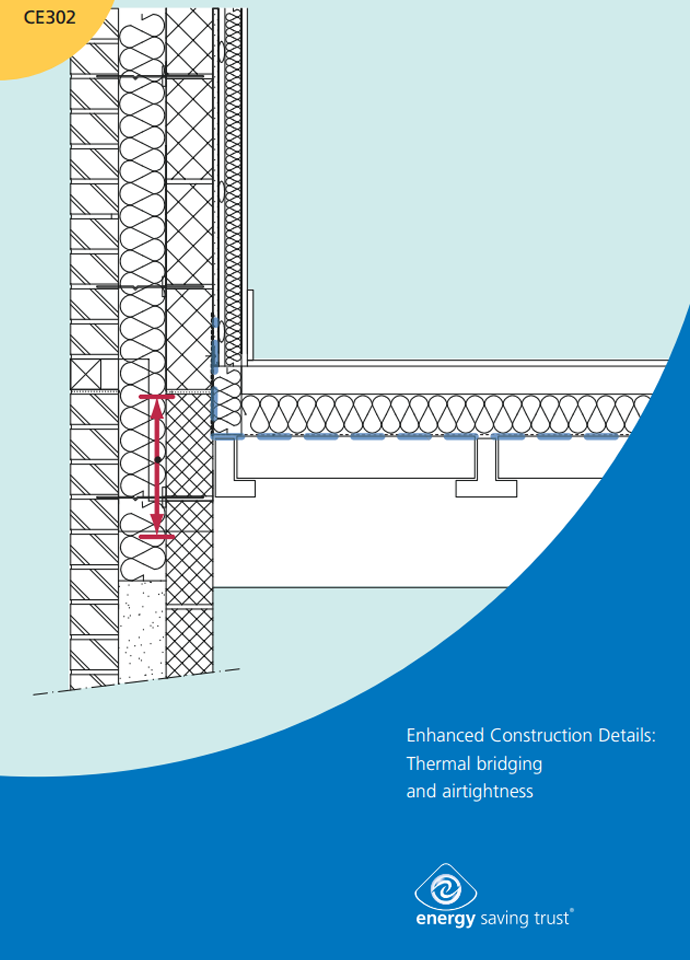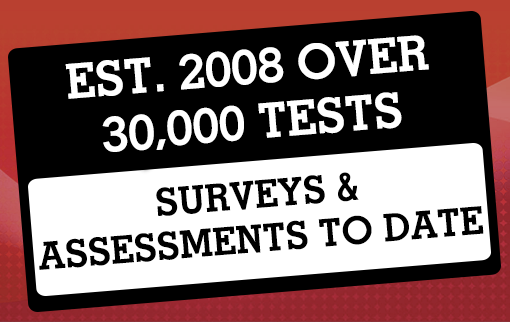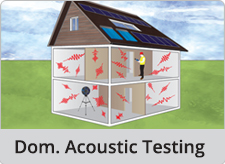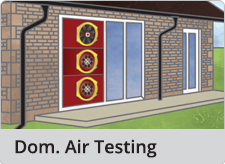Offices Nationwide

Sound Transmissions
Paths can be interrupted by insulation and blocking air paths. A material's insulation is governed by mass, stiffening and damping...more

How loud is too loud?
Noise above 85 dBA over time will cause hearing loss. In general, the louder the noise, the less time required before hearing loss...more
Thermal Bridging And Airtightness
Enhanced Construction Details

Reading - C4SH - 020 3390 0301
The office that covers this area is: London
Phone Number: 020 3390 0301 Email: reading@e2consultants.co.uk
Assessments - Reading - A C4SH
The Government has made a commitment by 2050. To reduce carbon emissions in the UK, overall by 80% the improvement of new and existing dwellings in Reading will contribute a key role in achieving this target. To hit these carbon reduction targets, both new and existing homes in Reading must be more energy efficient. This is rated on new homes by having a Code Assessment. The implementation of the CODE is managed by BRE Global under contract to the Dept for Communities and Local Government under arrangements based on the EcoHomes operating systems.
A C4SH in and around Reading is the assessment method for rating and certifying the performance of new dwellings; in Wales it is known as the Carbon Reduction Commitment Scheme. Launched In England in December 2006, it became operational in April 2007 as the national standard for sustainable design and construction of new homes. Since the 1st of May 2008 the developer of any new home in Reading a must have a mandatory rating against the Code
The Building Industry needs to perform in a more sustainable way in Reading .The Government has introduced new national standards for the design and construction of new dwellings in Reading . Code for Sustainable Homes (Code assessment) or the Carbon Reduction Commitment (CRC) is the means of measurement and assessment now required.
The Governments policy is that Code (C4SH) is now the national standard to be adhered to in the design and construction of sustainable dwellings, this will drive huge improvements in the way homes are built and the specific building practices being used.
It is a compulsory requirement for all new dwellings in England to have undertaken a Code assessment .This Information on the Code rating must be made available to potential purchasers via the Home Information Pack (HIP).The Code rating will state at what level the home has been built to.
Code Assessments (C4SH) have a rating system from one (1) to six (6) stars to show the overall sustainability performance of a new dwelling. One is the lowest rating and six the highest. A six star rated home is also classed as being zero carbon. Code assessments in Reading set a minimum requirement for energy and water usage at different levels of the Code.
Code is measured by a weighted scoring system over 9 specific categories, this, when scored defines which code level the dwelling has reached.
Code at level six, is an aspirational standard which requires zero carbon emissions to be produced from the dwelling. Codes definition of a zero carbon home is a dwelling where the net carbon dioxide emissions resulting from ALL the energy used in the dwelling is at zero or better.
The proposed site, property or development should be registered with the accreditation body via the assessor as early as possible. It is only possible to register developments against the current version of the Code. However sites registered in Reading under a previous version can be re-registered under the current version of the Technical Guide. The registration is valid for a maximum of 5 years between the expiry of the Technical Guide version and submission of the design stage report.
Code for Sustainable Home Assessments within Reading can be produced only by an accredited and qualified Code Assessors. A Code assessment usually starts with a pre assessment followed with the Design Stage assessment - where an interim certificate is issued. This is followed by the Post Construction Stage, which includes the final certificate. Evidence is submitted and collected and used to determine the number of credits that can be awarded to the development A summary report is submitted to Code Service Provider via the assessor for the purpose of quality assurance and final certification.
If you require free initial advice, (C4SH) consultancy or a quotation for a Code Assessment in Reading please call our Reading consultants at the Reading Office on 020 3390 0301 or Email reading@eliteenergy.org.uk
Our other services include:
C4SH can also be known as:
Sustainable Homes, CSH, Code Assessment, Code for Sustainable Homes Daylight Calculation, Code for Sustainable Homes,


Copyright 2025 E2 Specialist Consultants Limited
Company No. 06728970








































